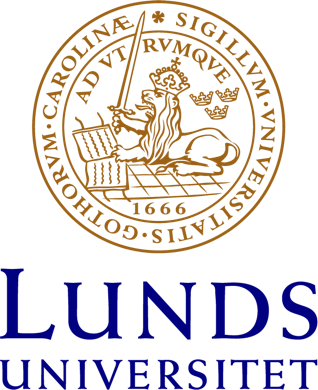2015-11-11
Some linguists have described the “deep structure” of language, referring to the innate rules that speakers of all languages follow, even though they may not realize that they are doing so. Similarly, some music theorists describe the underlying structure of Western music—the way certain tones or chords or rhythmic patterns imply and affect others. The aim of my work for over forty years has been to uncover some of the deep structure of the arts. That is to say, there are underlying principles of our nature as humans that influence the making of our own arts and our responses to the works of others. I will describe two sources for these underlying aesthetic principles. One is our prehistoric past when all humans lived as hunter-gatherers and faced common existential problems; the other is our past as individuals who all begin life as helpless infants in relation to other humans around us. Universal emotional needs and artistic proclivities arise from our biological (including neurobiological) nature as humans and are intrinsic to who we are as individuals and as a species.
See also this link:
http://ellendissanayake.com/
Preparatory reading:
Ellen Dissanayake -
1. “The Artification Hypothesis and Its Relevance to Cognitive Science,
Evolutionary Aesthetics, and Neuroaesthetics" (Cognitive Semiotics, Issue 5, fall 2009, pp. 148-173).
https://drive.google.com/file/d/0B9I3YcIoUiMGdFVfVGNRQ3RfTDA/view?usp=sharing
2. "Genesis and Development of 'Making Special': Is the Concept Relevant to Aesthetic Philosophy?” (Rivista di Estetica: Aesthetic Experience in the Evolutionary Perspective, 2013).
https://drive.google.com/file/d/0B9I3YcIoUiMGM2N4M3hzTzVxYUk/view?usp=sharing
